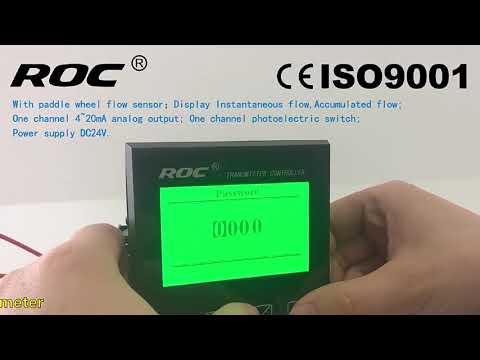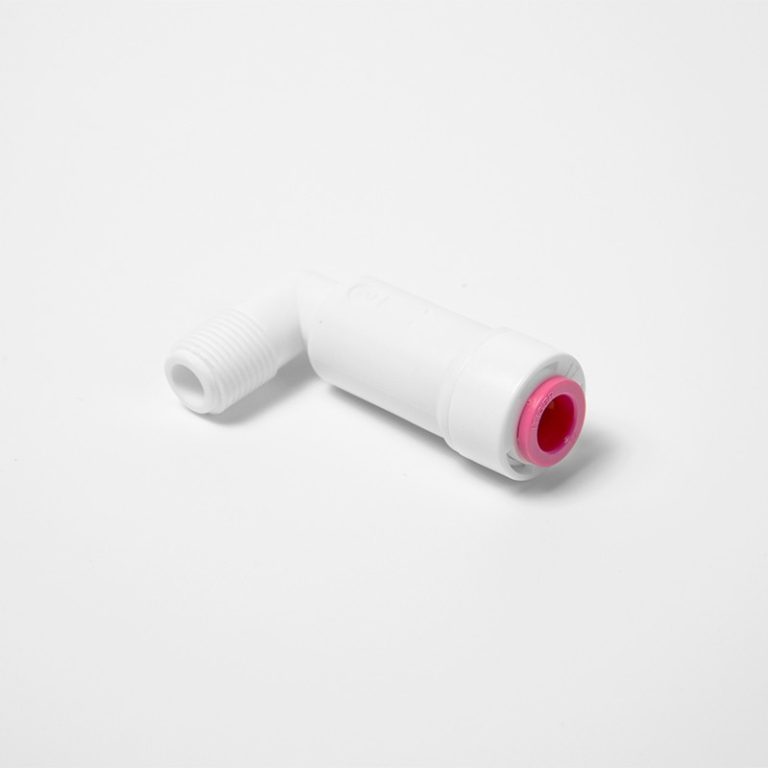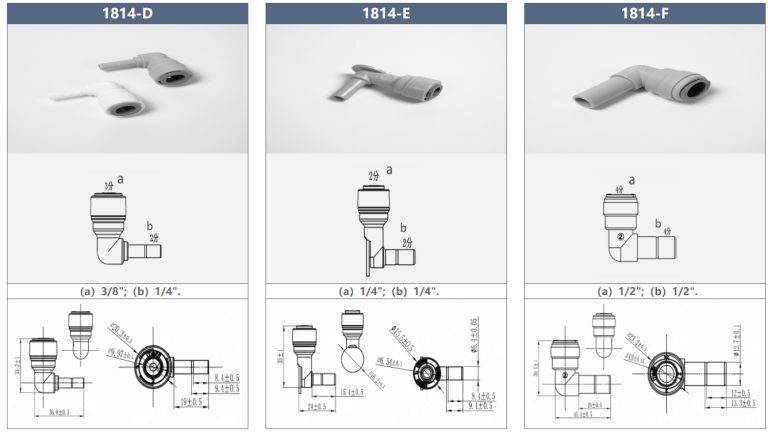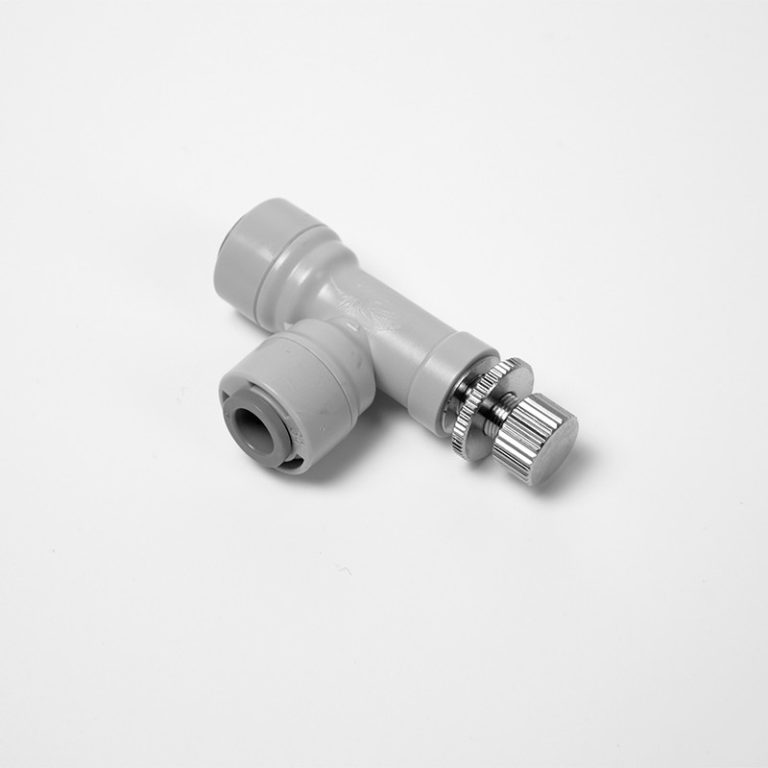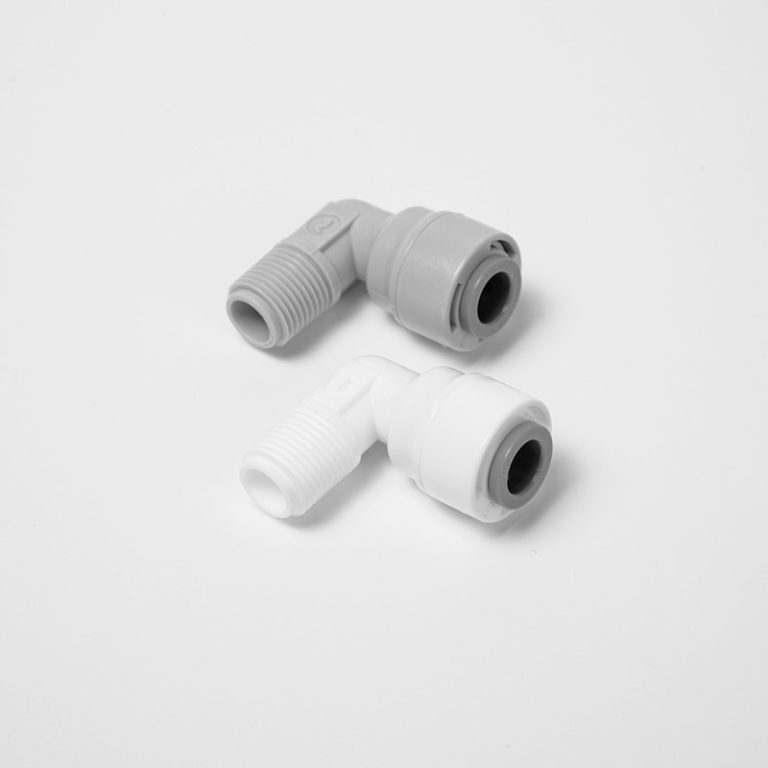導電率計の基礎を理解する
導電率計を使用する際に考慮すべき重要な要素の 1 つは温度です。温度はイオンの移動度に影響を与えるため、溶液の導電率は温度に大きく依存します。ほとんどの導電率計には、溶液の温度に基づいて測定値を調整する温度補償機能が組み込まれています。これにより、温度変化に関係なく正確な測定が得られます。溶液の導電率の測定に加えて、一部の高度な導電率計では、全溶解固形分 (TDS) や塩分などの他のパラメーターも測定できます。 TDS は、イオンと非イオン性化合物の両方を含む、溶液中の溶解物質の総量を指します。一方、塩分濃度は、溶液中の塩の濃度を具体的に測定します。これらの追加の測定により、溶液の組成と品質についてのさらなる洞察が得られます。結論として、導電率計は溶液の電気伝導率を測定するために不可欠なツールです。動作の背後にある基本原理を理解することで、ユーザーはイオン濃度の正確かつ信頼性の高い測定値を得ることができます。導電率計はさまざまな業界で広く使用されており、導電率、TDS、塩分を測定できるため、多用途の機器となっています。適切な校正と温度補正により、導電率計は溶液の化学組成と品質に関する貴重な情報を提供できます。
Conductivity meters are widely used in various industries to measure the electrical conductivity of a solution. This measurement is crucial in determining the concentration of dissolved ions in a solution, which can provide valuable information about its chemical composition and overall quality. Understanding how conductivity meters work is essential for anyone working in fields such as water treatment, pharmaceuticals, or food and beverage production.At its core, a conductivity meter consists of two electrodes, a power source, and a measuring circuit. The electrodes are typically made of a conductive material such as platinum or graphite and are immersed in the solution being tested. The power source supplies a small electrical current to the electrodes, creating a potential difference between them. The measuring circuit then measures the resulting current flowing through the solution.The conductivity of a solution is directly proportional to the concentration of ions present in it. When an electric field is applied to a solution, the ions in the solution move towards the oppositely charged electrode. This movement of ions creates an electric current, which is measured by the conductivity meter. The higher the concentration of ions in the solution, the higher the conductivity.To ensure accurate measurements, conductivity meters are calibrated using standard solutions with known conductivity values. These standard solutions are prepared by dissolving precise amounts of specific salts in distilled water. By comparing the conductivity of the solution being tested to the conductivity of the standard solutions, the meter can accurately determine the concentration of ions in the solution.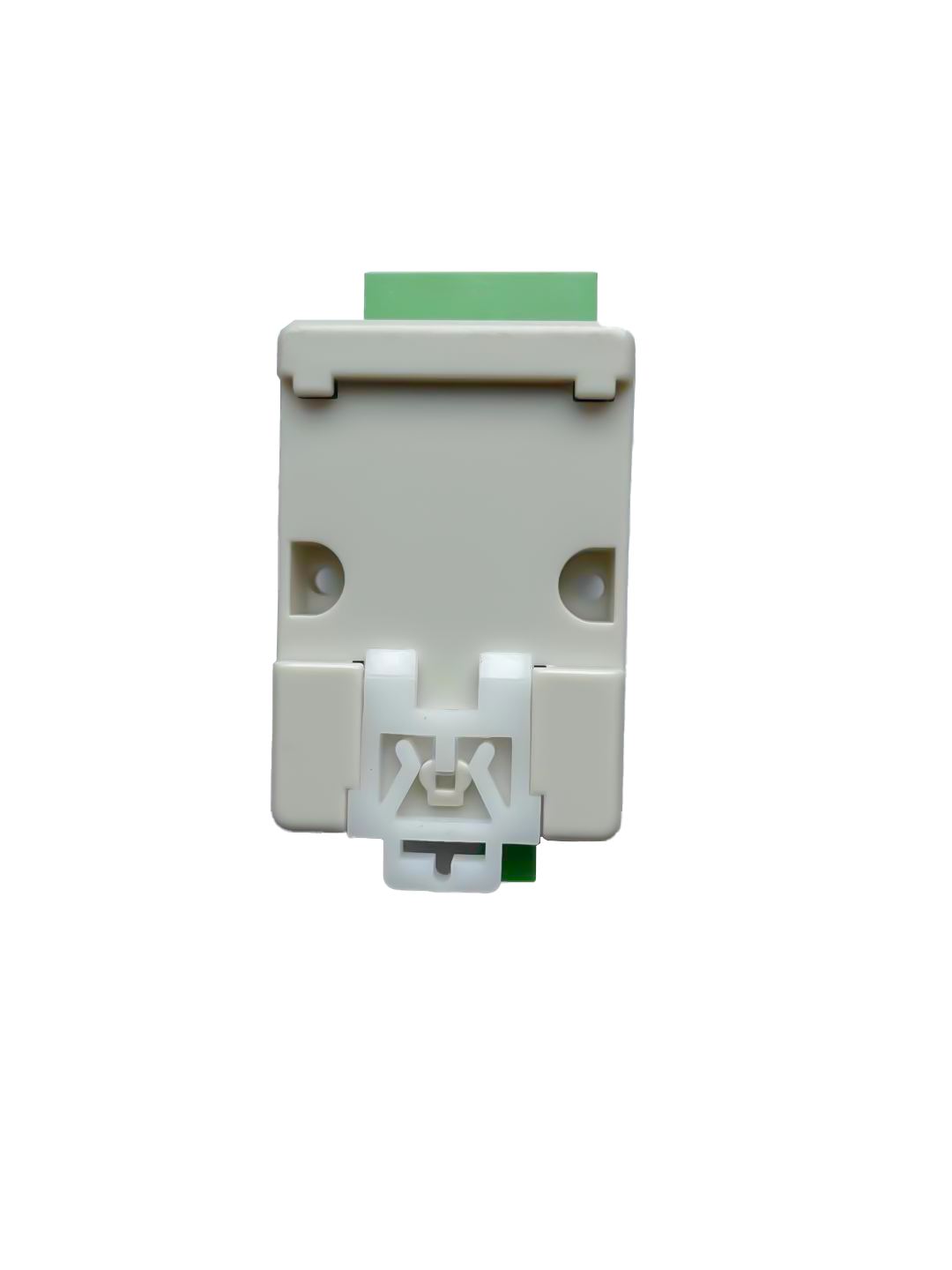 One important factor to consider when using a conductivity meter is temperature. The conductivity of a solution is highly dependent on temperature, as temperature affects the mobility of ions. Most conductivity meters have built-in temperature compensation features that adjust the readings based on the temperature of the solution. This ensures that accurate measurements are obtained regardless of temperature variations.In addition to measuring the conductivity of a solution, some advanced conductivity meters can also measure other parameters such as total dissolved solids (TDS) and salinity. TDS refers to the total amount of dissolved substances in a solution, including both ions and non-ionic compounds. Salinity, on the other hand, specifically measures the concentration of salt in a solution. These additional measurements can provide further insights into the composition and quality of a solution.In conclusion, conductivity meters are essential tools for measuring the electrical conductivity of solutions. By understanding the basic principles behind their operation, users can obtain accurate and reliable measurements of ion concentration. Conductivity meters are widely used in various industries, and their ability to measure conductivity, TDS, and salinity makes them versatile instruments. With proper calibration and temperature compensation, conductivity meters can provide valuable information about the chemical composition and quality of solutions.
One important factor to consider when using a conductivity meter is temperature. The conductivity of a solution is highly dependent on temperature, as temperature affects the mobility of ions. Most conductivity meters have built-in temperature compensation features that adjust the readings based on the temperature of the solution. This ensures that accurate measurements are obtained regardless of temperature variations.In addition to measuring the conductivity of a solution, some advanced conductivity meters can also measure other parameters such as total dissolved solids (TDS) and salinity. TDS refers to the total amount of dissolved substances in a solution, including both ions and non-ionic compounds. Salinity, on the other hand, specifically measures the concentration of salt in a solution. These additional measurements can provide further insights into the composition and quality of a solution.In conclusion, conductivity meters are essential tools for measuring the electrical conductivity of solutions. By understanding the basic principles behind their operation, users can obtain accurate and reliable measurements of ion concentration. Conductivity meters are widely used in various industries, and their ability to measure conductivity, TDS, and salinity makes them versatile instruments. With proper calibration and temperature compensation, conductivity meters can provide valuable information about the chemical composition and quality of solutions.

